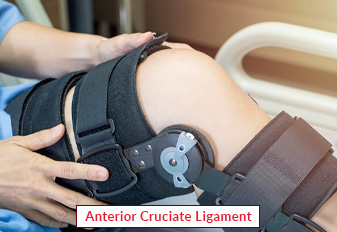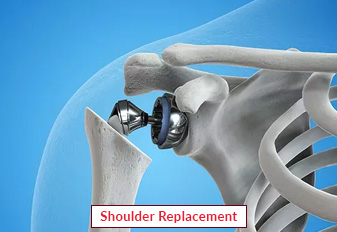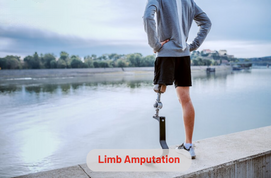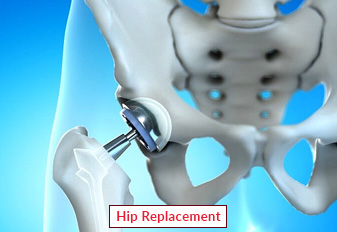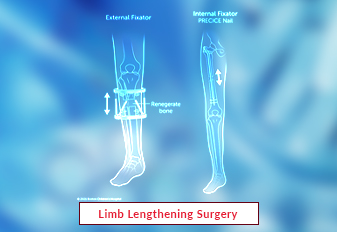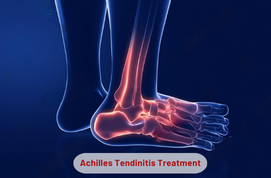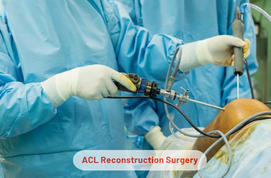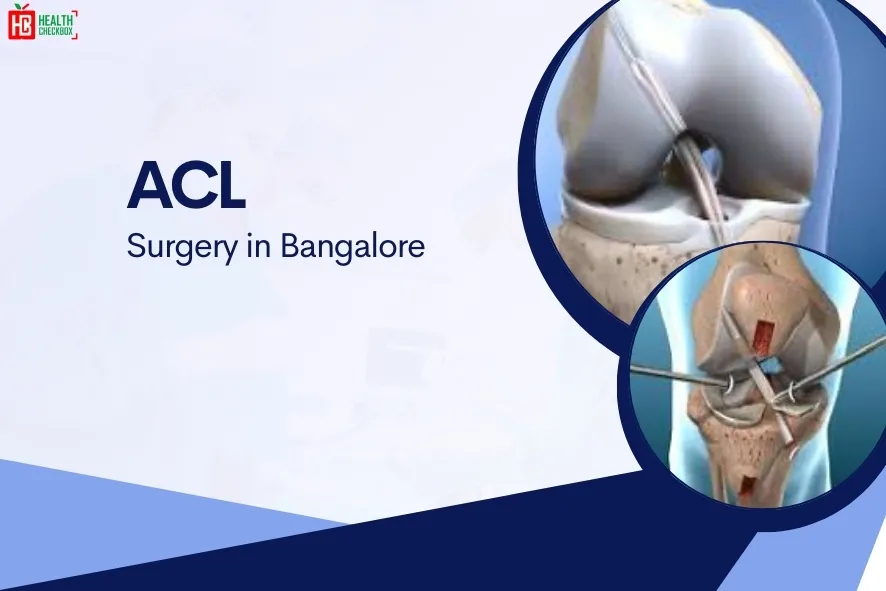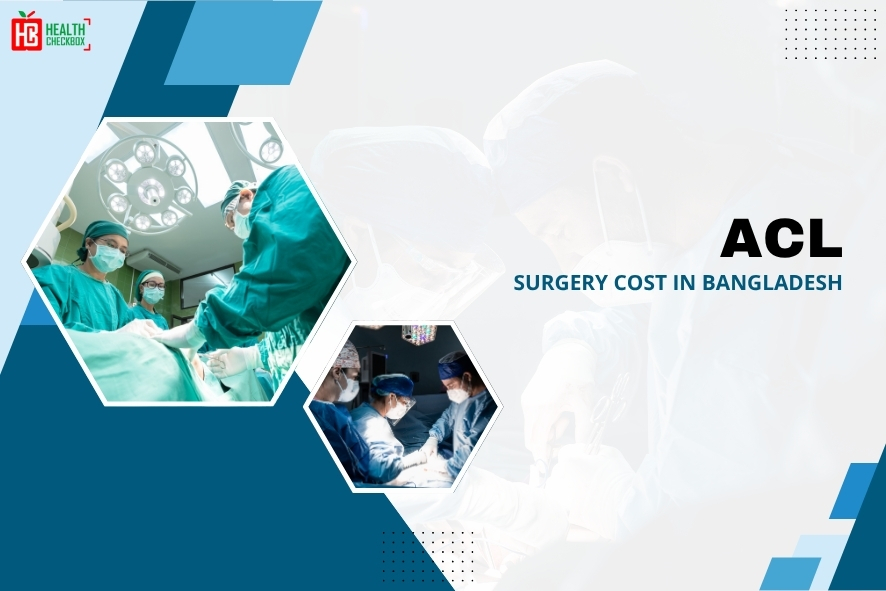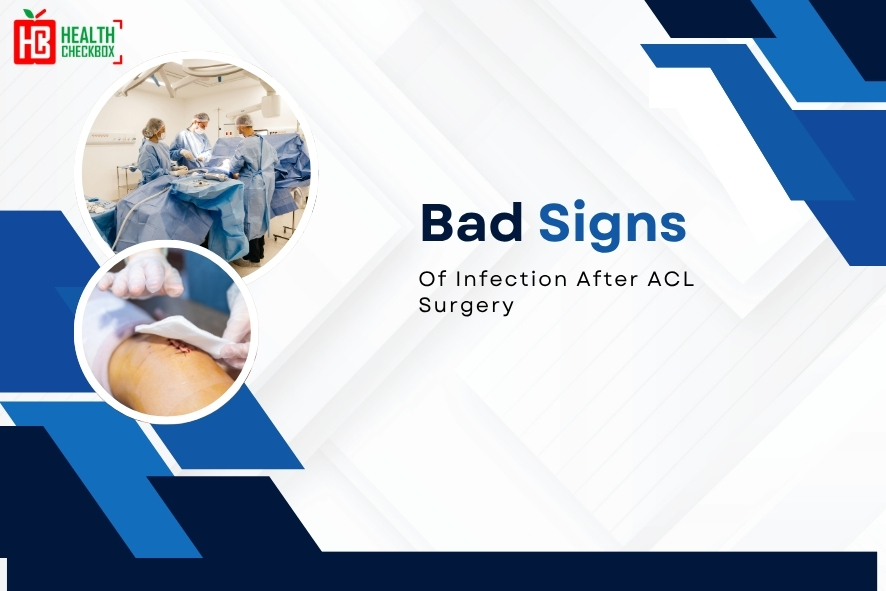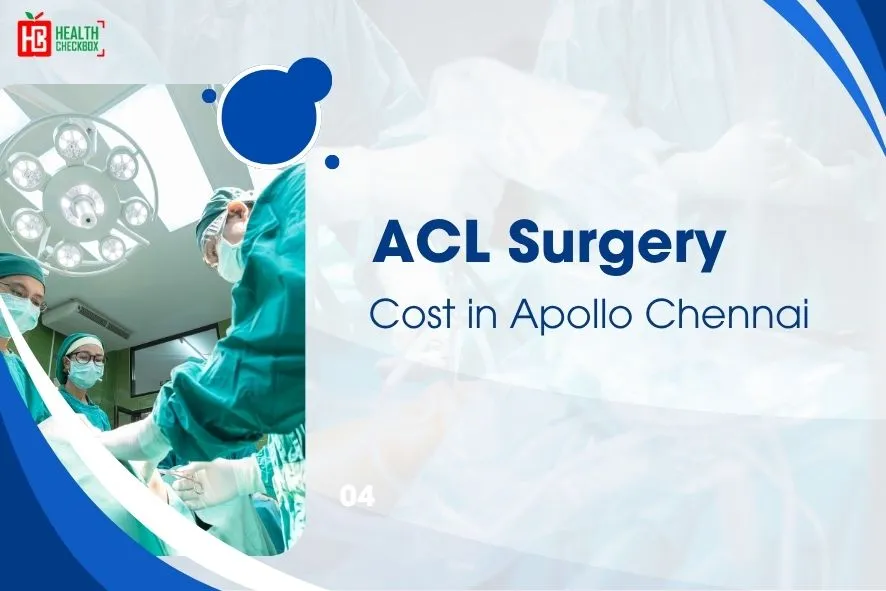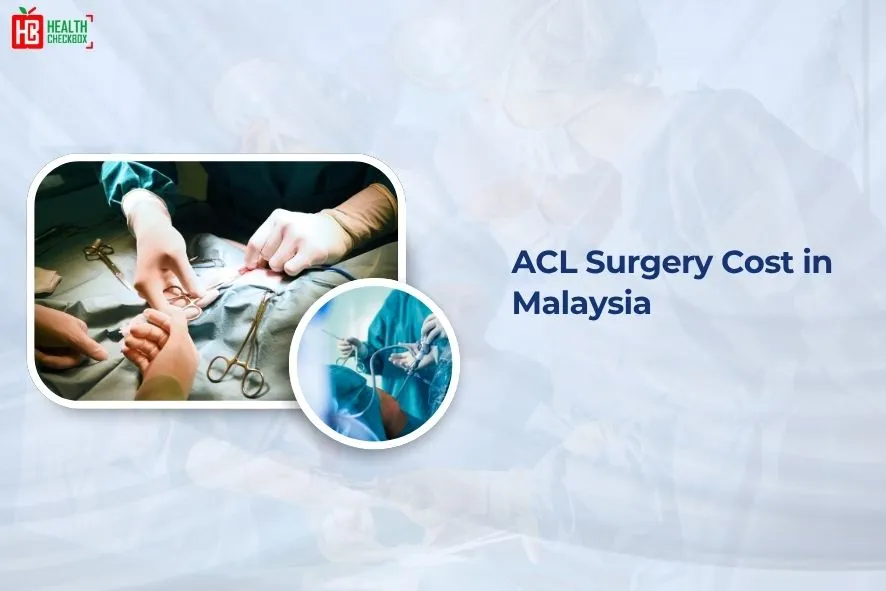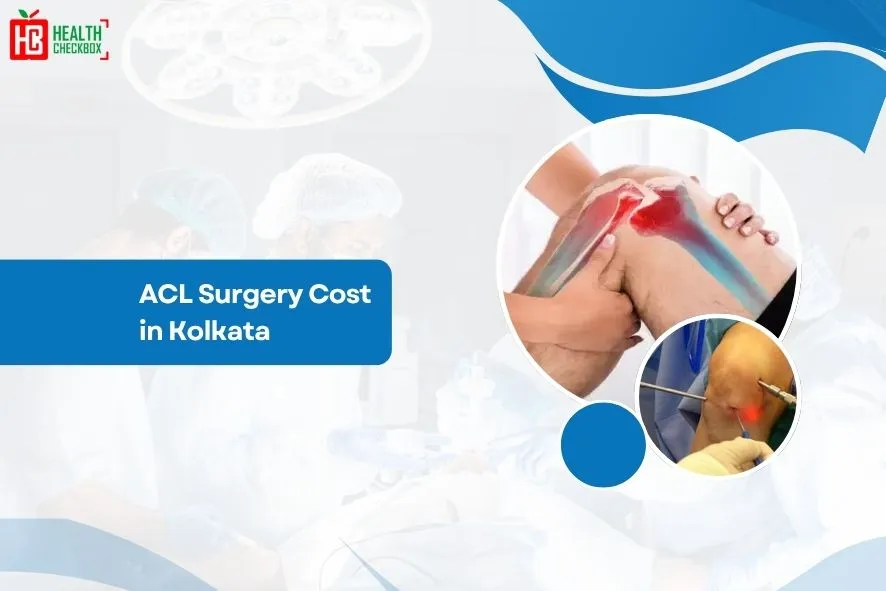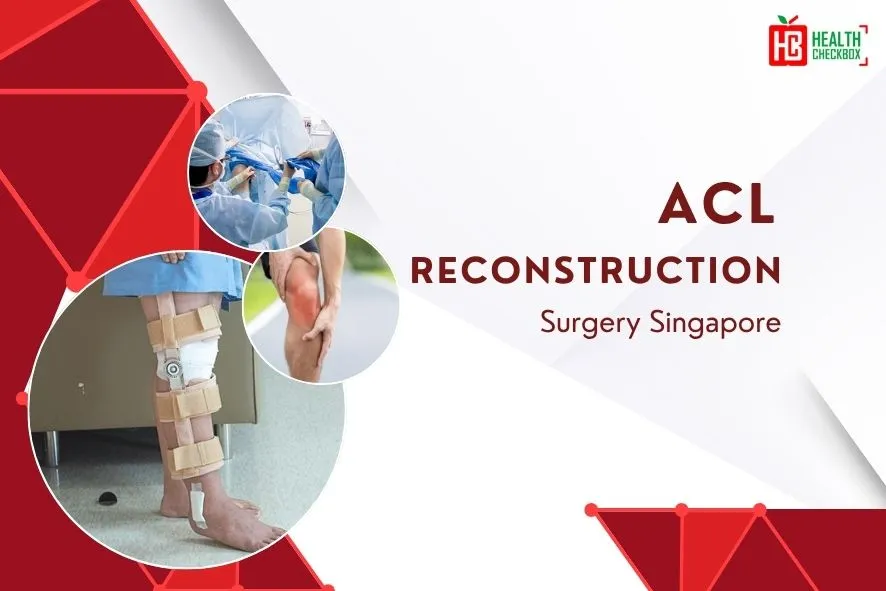An anterior cruciate ligament is an injury that affects your knee joint. It usually affects athletes and those who perform heavy physical activities. The ACL is one of your knee ligaments which links your thigh bone to your shin bone. A normal person has one ACL in each knee. A ligament is a structure in the knee that holds the bones together and helps to control joint movements. The injury mostly occurs when the anterior cruciate ligament is damaged due to an accident. Its common symptoms are pain, cracking sound, and swelling around the knee joint. When an individual suffers from an ACL injury, an orthopedic surgeon suggests ACL treatment to heal the knee condition. The treatment involves surgery, medications, and physical exercises.
Types of (ACL Anterior Cruciate Ligament) Tear
The ACL injuries are categorised into three grades which are as follows:
- Grade I: This injury stretched your ACL and caused damage however, it is still in one piece holding your knee bones together.
- Grade II: The injury stretched your ACL that much, so it is partially damaged and loose.
- Grade III: This injury involves a complete tear of your ACL in two pieces.
Symptoms of ACL Tear
Following are the primary symptoms of ACL treat these include:
- Instability
- Pain
- Weakness
- Swelling
- Difficulty while moving
- Experiencing a pop in your knee joint
- Pressure while try to stand
Causes of ACL (Anterior Cruciate Ligament)
Anything that creates a lot of pressure on your knee can tear or damage your ACL. It commonly occurs when your knee moves or twists more than usual. Its primary causes include:
- Weightlifting
- Sports Injuries
- Car accidents
- Falls
- Football
- Gymnastics
Diagnosis For ACL Tear
A bone specialist will diagnose an ACl tear through conducting physical examinations. Initially he/she will ask you about your symptoms and closely check your knee. The doctors might perform some movements and motions with your leg. These make you feel uncomfortable and ask what physical movement makes you hurt. Once the physical examination is done, they may recommend the following tests.
- X- Rays of the Joint
- CT scan
- MRI
Options in ACL Treatment
ACL treatment depends on your ACL tear grade and damage occurrence inside your knee joint. Although, the initial treatment method of the ACL is to avoid performing sports and do not indulge in physical activities that can pose pressure on your knee. If you find symptoms of an ACL tear, try to follow the RICE method as soon as you identify pain in the knee joint.
- Rest: Try to avoid the activities that put pressure on the knee and do not overuse or over movement while it heals.
- Ice: Apply a cold compress and ice packs wrapped in a cotton cloth to your knee for at least 15 minutes and practise for a few days.
- Compression: You can also wrap your knee in an elastic bandage that can help you to reduce swelling.
- Elevation: Prop your knee and leg up above the level of your heart as often as you can.
Non-Surgical Treatment
Treatment options are provided on the basis of the individual’s condition, examinations, symptoms and type of injury of the ligament. However, non-surgical treatment is considered most appropriate for grade 1 injury. It involves bracing, immobilization, and physical therapies.
ACL Surgical Treatment
Surgical treatment is recommended when your ligament is totally damaged. It is usually suggested while in grade 3 ACL injury. The procedure involves following steps during surgery.
- Initially the orthopaedic surgeon did your physical examinations and evaluated MRI and X-rays.
- Then he/she discusses the graft options to you.
- Once all is set, you’ll need to lie down on the operating table for anaesthesia short. Anaesthesia is essential to make you during the procedure.
- After that orthopaedic surgeons make incisions around the knee for inserting the arthroscope attached with a tiny camera.
- With the help of an arthroscope, the surgeon identifies the damage and removes the tissues that are causing pain.
- After that the surgeon fixes the graft secured with screws and fixation devices.
- Once the surgeon is done all incisions are closed through stitches.
Latest Health Tips
ACL Surgery Recovery Time: Comprehensive Guide & Tips
ACL Surgery in Bangalore
ACL Surgery Cost in Bangladesh
Bad Signs of Infection After ACL Surgery
ACL Surgery Cost in Apollo Chennai
ACL Surgery Cost in Malaysia
ACL Surgery Cost in Kolkata: Get Price Estimate
ACL Reconstruction Surgery Singapore
Submit Your Enquiry
Testimonials








